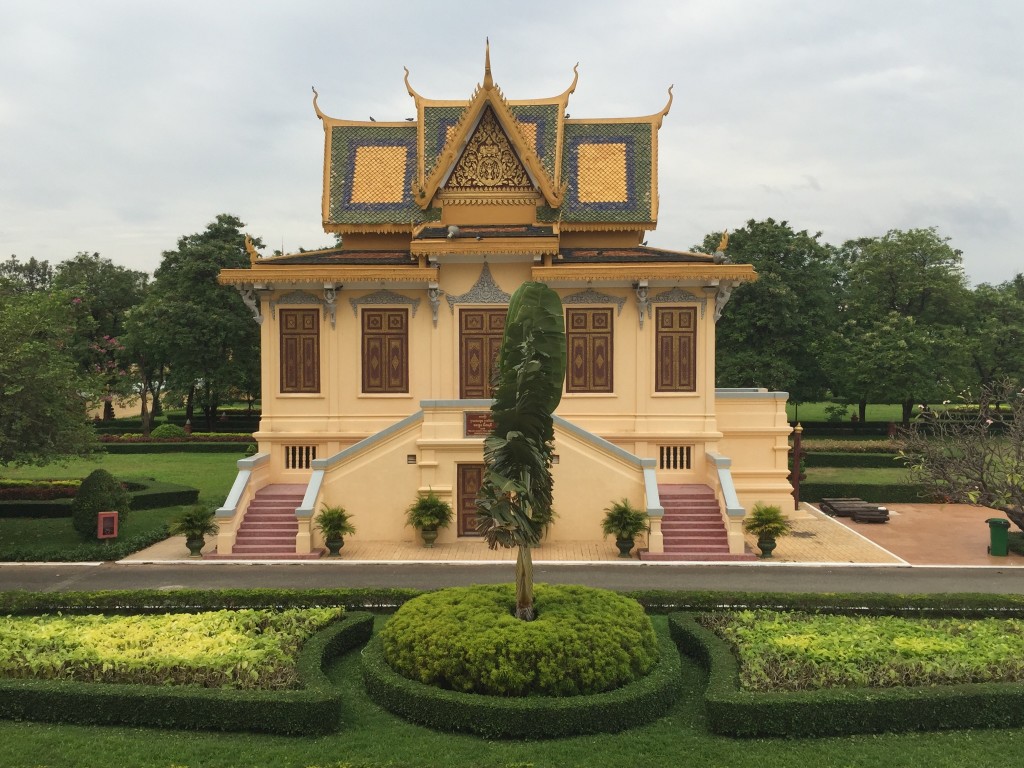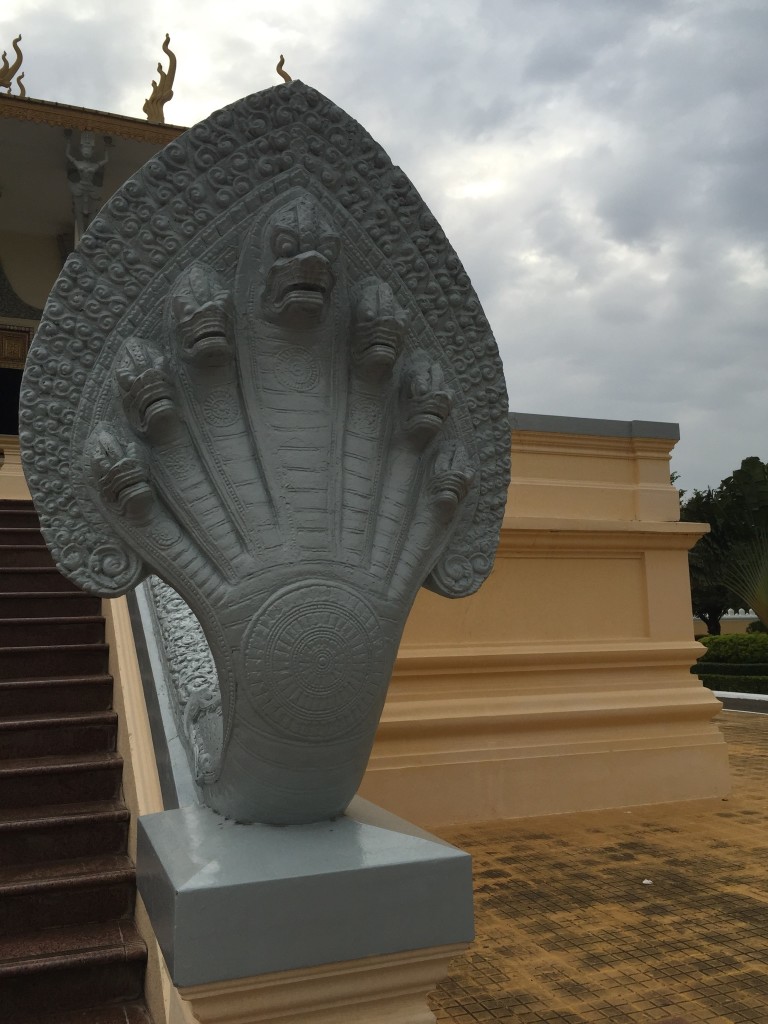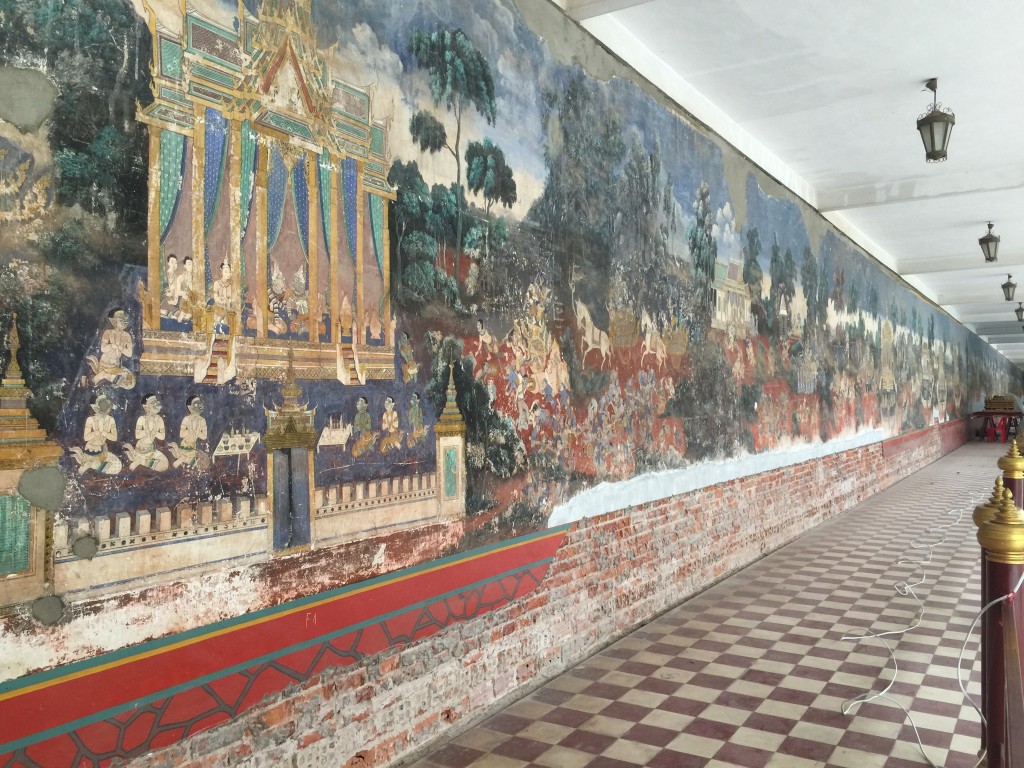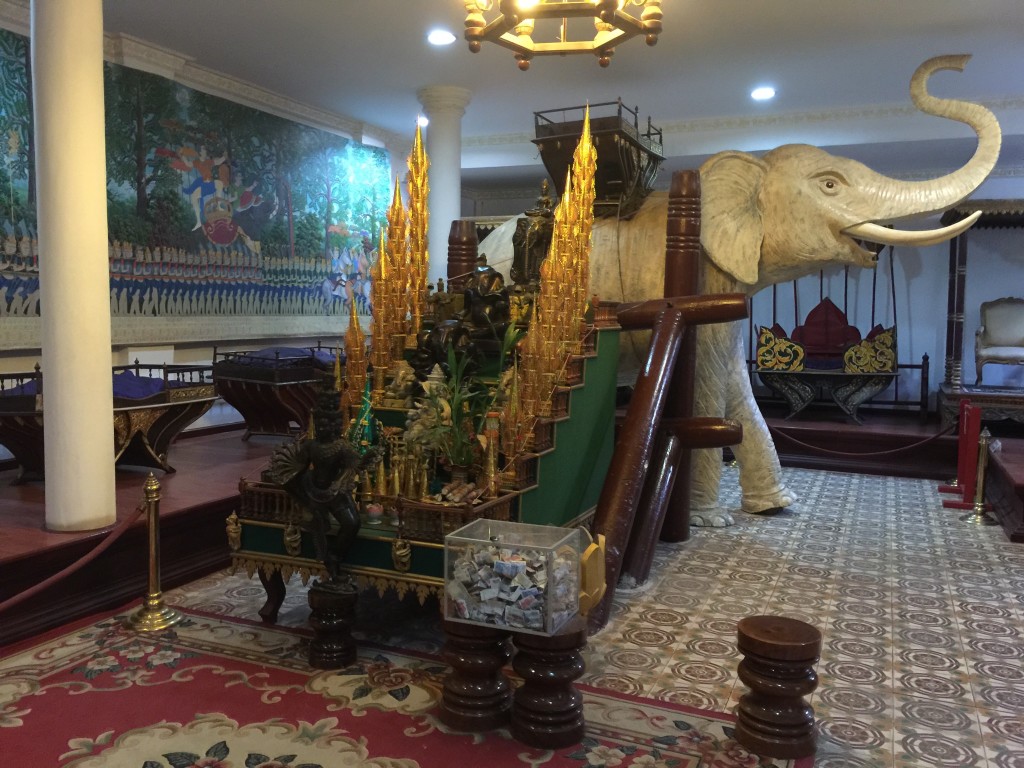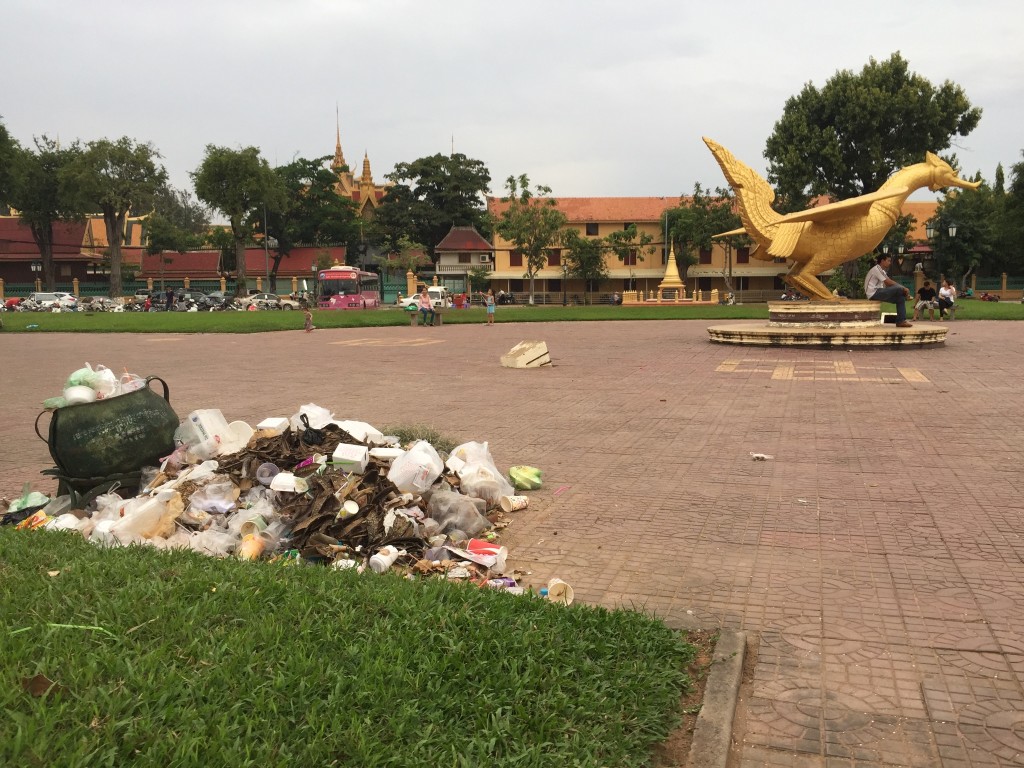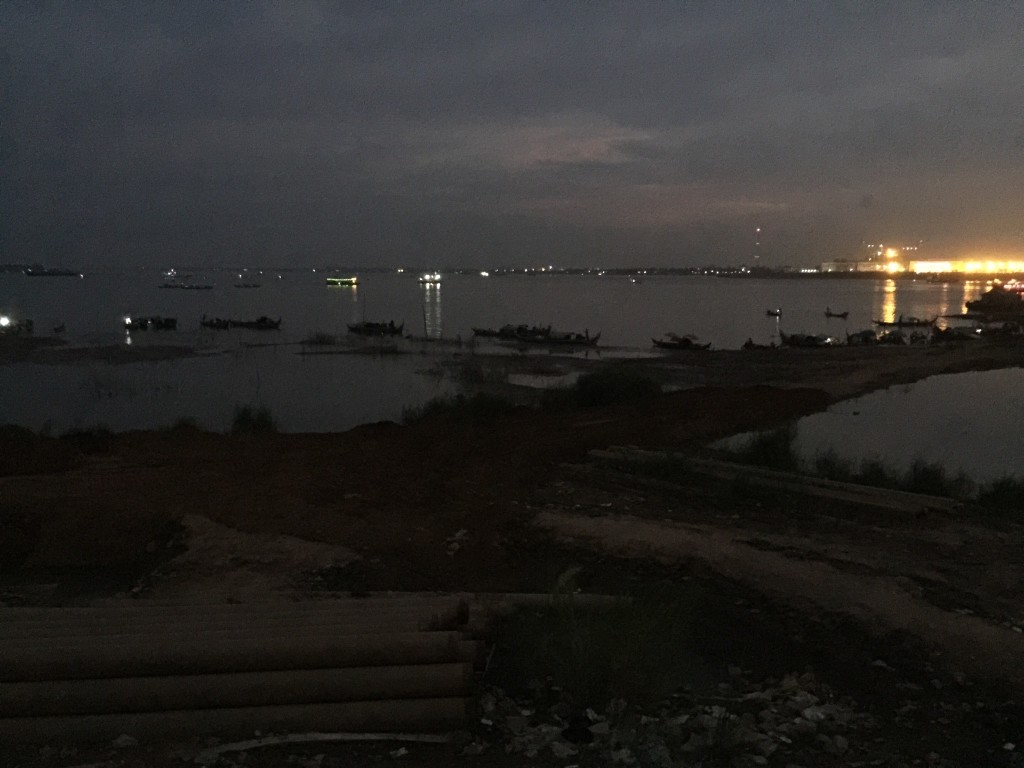After precisely one year since we dreamed up this trip, Chris and I are now in Cambodia, known in the 9th to 13th centuries as the Khmer Empire. Last year, after spending the summer working in Israel, we visited the ancient Nabatean caravan city of Petra and got hooked on exploring ruins. In the winter, as an extended layover after the MIT Panama Canal trip, I hiked Machu Picchu in the rainy season which involved crossing a landslide by foot and hiking 10 miles along railroad tracks in the dark until I got to the Incan site. Now our plan is to visit Angkor, the world’s largest pre-industrial city with the famed temple complex of Angkor Wat. But like all ancient ruins, there are gateway cities and gateways to those gateways that serve as a lens into local contemporary life much the same way that the ruins provide insight into the ancient civilization. We enter Cambodia through Phnom Penh and then proceed to Siem Reap from which we will explore the ruins.
Phnom Penh’s most popular tourist attractions are the Royal Palace and Killing Fields. The palace serves as the official residence of King Norodom Sihamoni. The architecture is grand but not imposing like Beijing’s Forbidden Palace and reminded me of Versailles with its symmetry and trimmed trees.
The animal-inspired ornamentation held the same theme across the multiple buildings of the palace complex: polycephalic serpents on the welcoming end of banisters, bird-monkey gargoyles at the eves, and elephant trunks on the roof tiles.
To my delight, a colorful mural of the Khmer version of the Ramayan, the Hindu epic, was painted over 600 meters around the perimeter of the Silver Pagoda at the palace. There is a very popular Indian TV series of the Ramayan that I watched when I was little – all 26 video cassettes worth – and I would like to think I could recognize some of the numerous characters in the mural. You could track the progression of the battles by the courtroom scenes that depicted who was in power and controlled which factions, though the captions were written in Khmer.
At the palace entrance are some museum rooms. This one was full of platforms once used to ride elephants. While I at first wanted to ride an elephant in Cambodia, I read enough about the industry to realize that endangered elephants are trained through parental separation and physical torture to feed foreigners’ desire to ride them – not a good idea.
I would be remiss to not point out that the poverty and lack of infrastructure is quite evident in Phnom Penh. The city is chaotic and dusty and not half as restful as Siem Reap.
Chris took a run across the Tonle Sap and happened to come across a gathering of house boats and motorcycles joining together for the evening call to prayer reminiscent of what we saw in Palestine and Jordan last year. Surprised at such a large Muslim event in a country reported to be 95% Theravada Buddhist and eager to explore areas off the beaten track, we retraced his steps with a tuktuk (rickshaw) we hired for $3, and the sound of prayer and sight of bowing heads was unmistakable. We asked who lived in these boats to our Tuktuk driver, and he claimed they were Vietnamese fishermen. After gazing at the water where the Tonle Sap joins the Mekong River, listening to the creaking gantries of barges dredging out the river bottom, and wondering who was going to eat the eggs roasting on a fire at the end of the road, we turned back to our hostel accompanied by the sound of the friendly tuktuk driver’s Cambodian pop music that sounded like an oddly familiar variant of Hindi Bollywood music.


